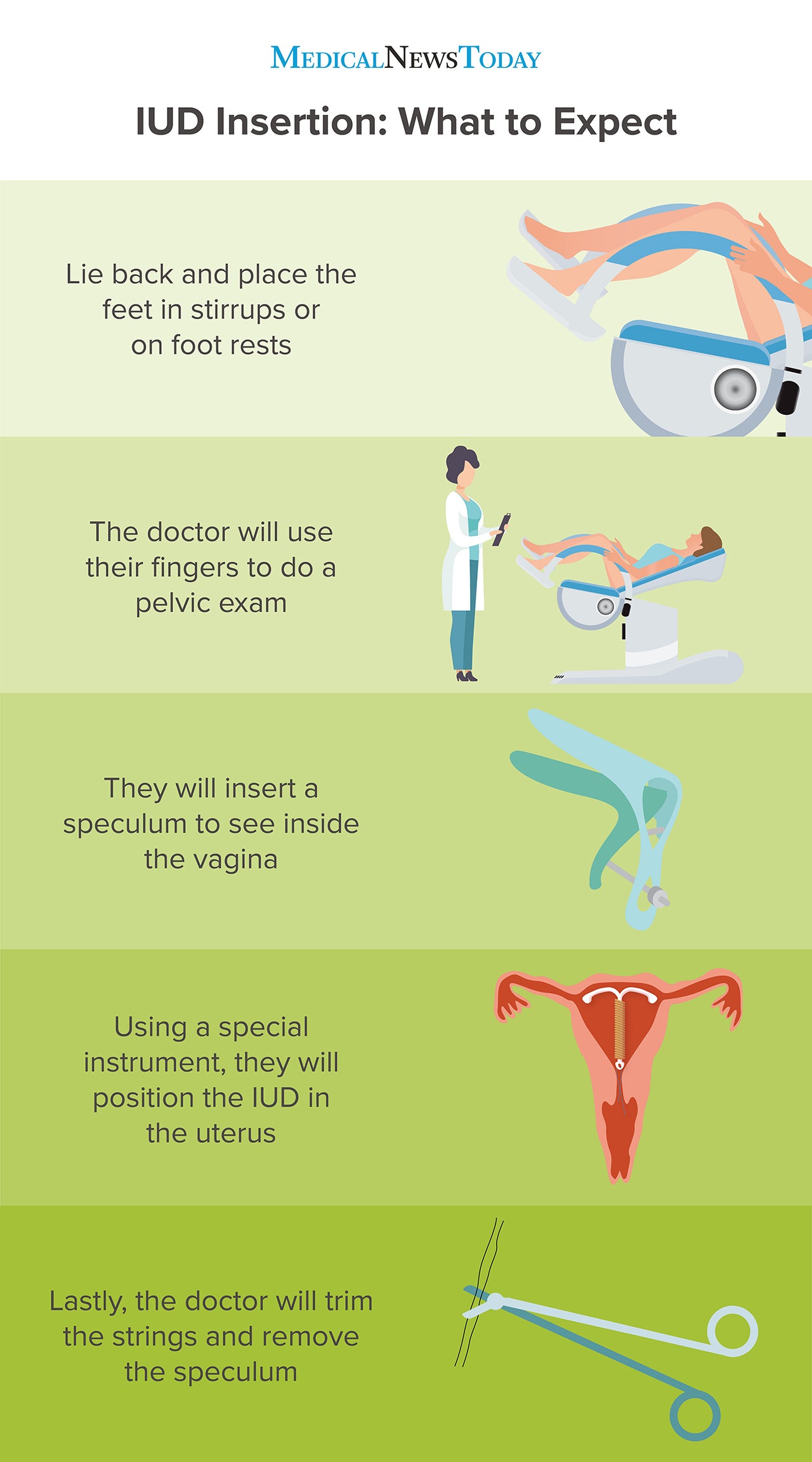

It is very unlikely you will get pregnant when using copper IUD.This is usually successfully treated with antibiotics. Around 1 in 300 users get an infection when the IUD is first inserted.You would then need keyhole surgery to have it removed. The IUD can move through the hole and sit in the wrong place. In about 1 in 500 users, the doctor or nurse makes a small hole in the wall of the uterus (womb) while inserting the IUD.This is more common in the first 3 months of it being inserted.Ĭan the copper IUD cause any serious health problems? For most users, periods are about 50% heavier. This nearly always settles with time and your regular bleeding pattern will return. Spotting can occur in the first 3 months. Your vaginal bleeding pattern (period) will change.When it is first inserted some users have period type cramping that usually settles after a few days.It is a choice for those who do not want to use hormonal contraception.Īre there any side effects from using the copper IUD?.Once removed your fertility quickly returns to what is normal for you.The device can be taken out at any time by a doctor or nurse.Once inserted (put in) you will only need to check the string each month.It is an extremely effective method of contraception.

is left in for longer than 5-10 years, depending on the type used.falls out (remember to check for the strings regularly).You will need to return to the clinic to have the IUD inserted. Sometimes you can buy the IUD from the clinic. Your doctor or nurse will provide a script which you can take to the pharmacy, who will sell you the copper IUD. When the copper IUD is inserted (put in) it starts working straight away to prevent pregnancy. Illustration of copper IUD in uterus (womb) When does it start to be effective? If the string feels like it is shorter or longer than normal or you cannot feel the string at all, the IUD may have shifted and you should see a doctor or nurse. If you feel high up inside your vagina, you can check that the string is there and know the IUD is still in place. The string cannot be seen and it does not hang out of the vagina. The IUD has a fine nylon string attached to it which comes out through the cervix (opening to the uterus/womb).
#Copper iud side effects how to
See below for a video about IUDs and how to help prepare for and manage pain from an IUD insertion. The IUD insertion takes around 15 minutes but you will be in the clinic for an hour or more. You can choose to have a local anaesthetic or sedation while it is inserted. The copper IUD is inserted inside the uterus (womb) by a trained doctor or nurse. Sedation: a medicine used to cause a relaxed, sleep-like state so you are unaware of the procedure. Illustration of egg not sticking to uterus lining Copper IUDs can also change the lining of the uterus, making it difficult for a fertilised egg to stick to the lining to start a pregnancy. IUDs affect the way sperm move and survive in the uterus (womb), stopping sperm from meeting and fertilising an egg. If you are using the copper IUD for emergency contraception, you need to use it within 5 days or 120 hours after unprotected sex. A copper IUD can be used for contraception until menopause if inserted when you are 40 years of age or older. The copper IUDs are more than 99% effective at preventing pregnancy and can last for up to 5 – 10 years (depending on the type). Photo of copper IUD How effective are the copper IUDs? Once inserted, a copper IUD can be left in for 5 – 10 years (depending on the type) and used as an ongoing method of contraception.

The copper IUD can also be used for emergency contraception instead of the emergency contraceptive pill (‘morning after pill’). There are several different non-hormonal IUDs available in Australia. It is inserted into the uterus (womb) where the IUD constantly releases a small amount of copper. The non-hormonal copper IUD is a small plastic device with copper wire coiled (wrapped) around the frame. What is the non-hormonal copper intrauterine device (IUD)?


 0 kommentar(er)
0 kommentar(er)
